Sometimes I imagine driving in the era before seatbelts where every journey hung with the specter of carnage and “blood on the highway.” As a driver, you would be solely responsible for your own life or death.
In 1965, Ralph Nader published "Unsafe at Any Speed," a scathing exposé that called out automotive industry hubris, and transformed how we think about public interest regulation. Nader revealed how automakers knowingly sacrificed safety for style and profit, then blamed accidents on "the nut behind the wheel" instead of acknowledging their deadly design flaws.
Cars eventually evolved to become safer through regulation, but the corporate playbook of deflecting blame onto individuals persists. If food makes us sick we should have known better. If online behavior is a problem, better have more will-power.
"For over half a century, the automobile has brought death, injury and the most inestimable sorrow and deprivation to millions of people."
Meet Ralph Nader, the Princeton-educated, Harvard-trained lawyer who, at just 31, dared to take on Detroit's auto giants. Born in 1934 to Lebanese immigrants, Nader grew up with a keen sense of justice and a penchant for asking tough questions. His father would ask at the dinner table, "What did you learn to improve the public welfare today?" – instilling in him a lifelong commitment to the public good.
Nader's thesis: corporations were designing deadly vehicles with impunity, externalizing the costs (deaths, injuries) while privatizing profits.
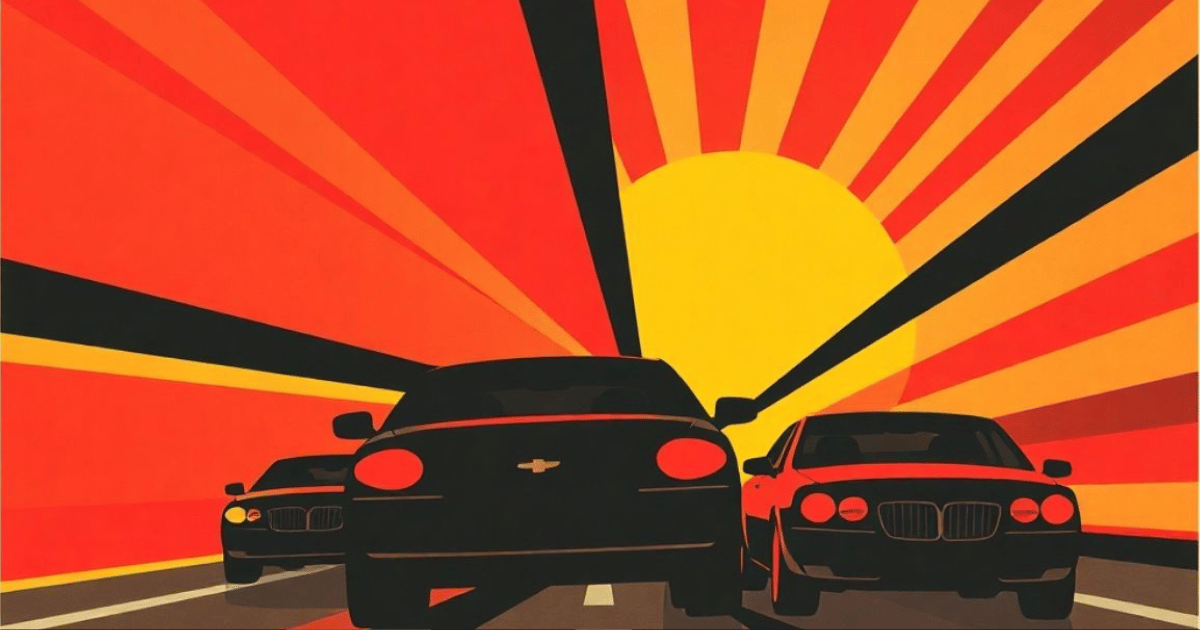
"At the time, annual (and unnecessary) styling changes added, on average, about $700 to the consumer cost of a new car... This compared to an average expenditure in safety by the automotive companies of about twenty-three cents per car."
In the wake of his book, Nader became the godfather of consumer advocacy. When GM tried to discredit him through harassment and spying, he sued them and won $425,000 – money he used to create a network of consumer watchdog organizations. His "Nader's Raiders" investigated everything from food safety to nursing homes, as a precursor to citizen journalism in the internet era.
The book's impact created a regulatory ripple effect. Within a year, Congress passed the National Traffic and Motor Vehicle Safety Act of 1966, establishing the first federal safety standards for vehicles. The Consumer Product Safety Commission (1972), Environmental Protection Agency (1970), and Occupational Safety and Health Administration (1971) all bear Nader's fingerprints.
One public relations strategy that has persisted since Nader’s time is corporate blame-shifting, whereby the responsibility of protection is placed on the consumer instead of tougher rules, or voluntary action to re-design or even discontinue dangerous products.

From Driver Error to Smoker Error
Just as automakers blamed drivers for fatal crashes, tobacco companies for years pinned negative health consequences on "personal choices," and even lack of will power to quit.
Blame-shifting obscures a devastating reality: tobacco still kills over 8 million people globally each year, including 1.2 million nonsmokers exposed to secondhand smoke.
It’s a classic, and grim, case of externalized costs. Tobacco companies privatize profits while pushing hundreds of billions in healthcare expenses onto taxpayers and governments.
Their historical spending patterns tells the story. While US tobacco companies spent $8 billion in 2022 on advertising and promotions, Philip Morris International’s Foundation for a Smoke-Free World received just~$80 million annually.
The "smoker error" narrative effectively diverts attention from the industry's deliberate engineering of addictive products. It's a direct descendant of the "driver error" myth that Nader debunked decades ago, with equally deadly consequences.
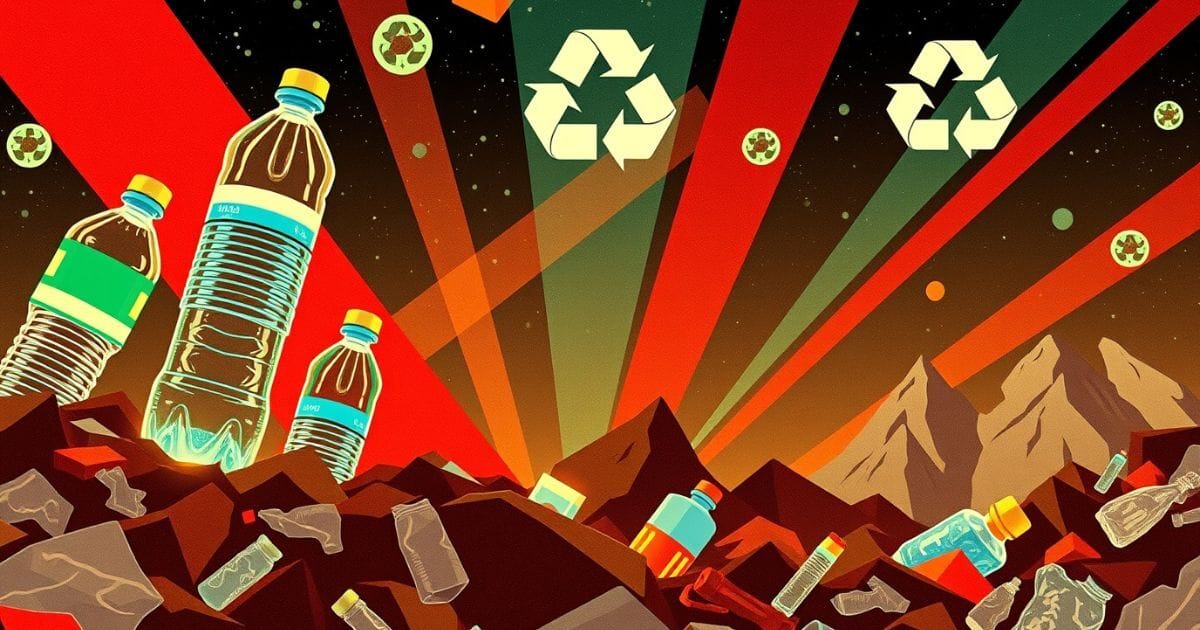
Plastic Waste: 'It's Your Fault for Not Recycling'
"A great problem of contemporary life is how to control the power of economic interests which ignore the harmful effects of their applied science and technology."
The plastics industry employs a similar strategy, insisting the mounting crisis of plastic pollution is the user's duty to solve through recycling. Still, global plastic production exceeds 400 million metric tons annually while less than 10% is recycled.
Producers are locked into an economic model that compels them to churn out billions of single-use items while externalizing the massive environmental costs – ocean degradation, wildlife endangerment, and microplastics infiltrating our food and water. By 2050, there could be more plastic than fish (by mass) in the ocean on current trends. Recent studies have detected microplastics in human blood and organs. The full health impact remains unclear but intuitively it can’t be good.
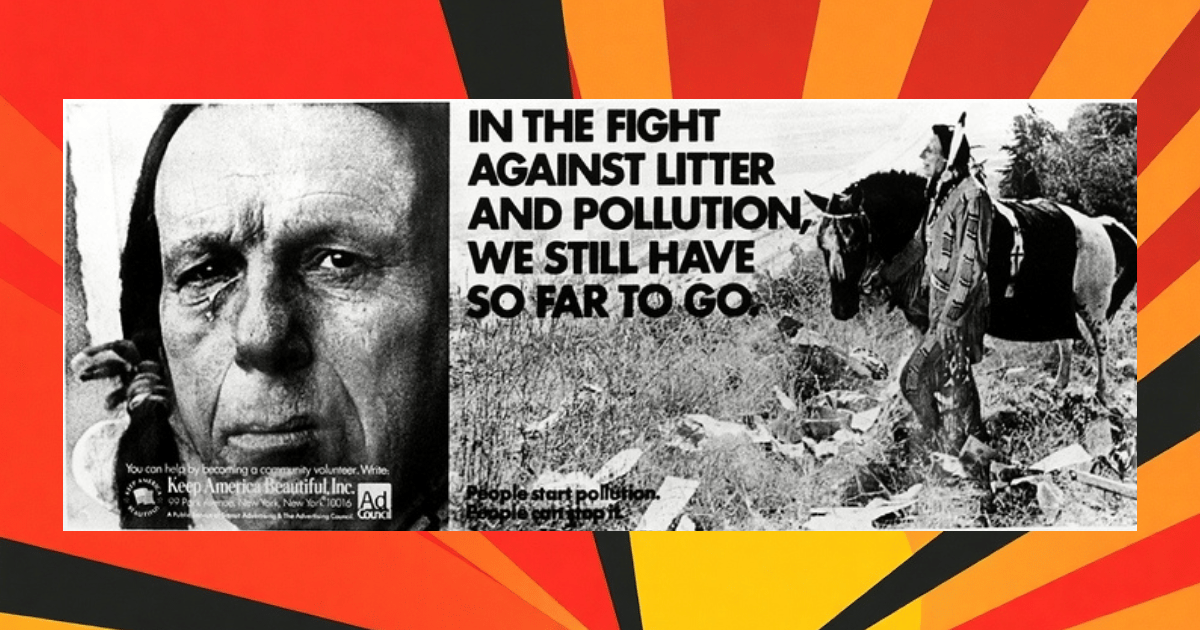
The “Keep American Beautiful” campaign (1971) was a harbinger of blame-shifting.
Just as automakers once refused to engineer safer cars, plastic producers resist redesigning packaging systems or sunsetting certain products altogether, following which users would adapt by necessity. Instead, they promote the myth that individual recycling efforts alone can solve a problem that's engineered into the product itself.
Financial Freefall: How 'Irresponsible Borrowers' Shield Risky Lenders
In the wake of the 2008 financial crisis, big financial institutions pointed fingers at "irresponsible borrowers" to deflect attention from their own predatory lending practices. The narrative obscured financial product design and profit incentives had sown the seeds of disaster.
The consequences? $19 trillion in wiped-out U.S. household wealth and more than 10 million home foreclosures globally. Rather than holding the architects of this meltdown accountable, we had bailouts. In the U.S. alone, $700+ billion was allocated to rescue financial institutions deemed "too big to fail," while individual borrowers received far less direct relief.
Private lenders socialized their losses through public bailouts while retaining earlier profits from risky products. Like car manufacturers of Nader's era, financial institutions engineered products with built-in dangers, then blamed consumers when the inevitable crashes occurred.
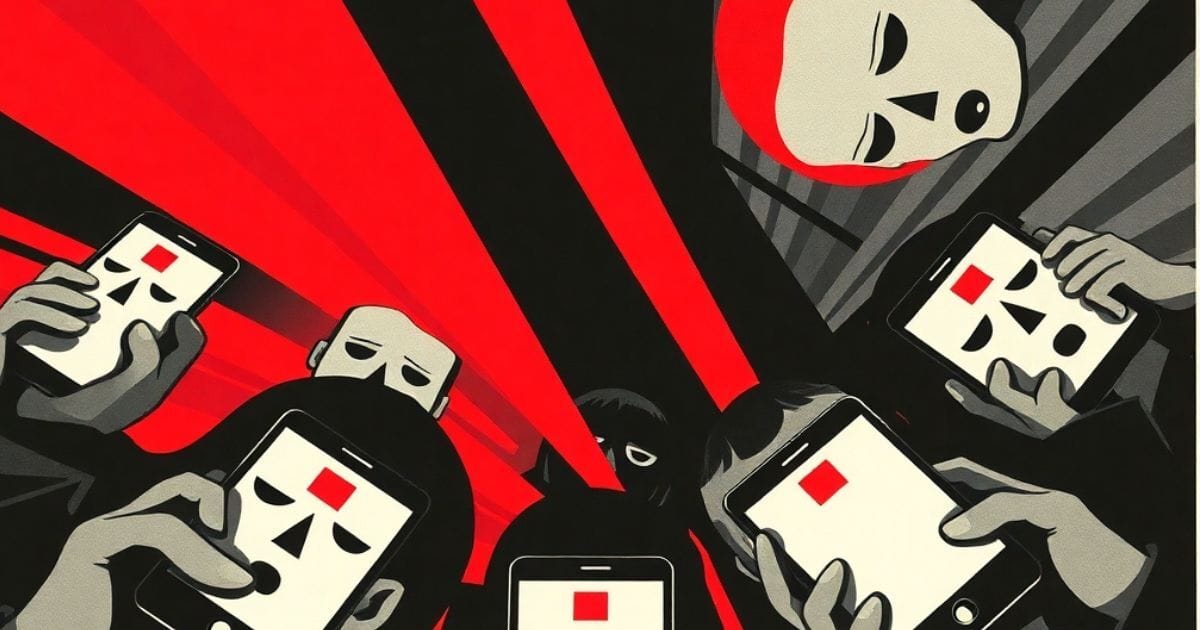
We now see blame-shifting at the cutting edge of technology. Users should "just log off" to protect their mental health and be on guard to detect misinformation. For children, it’s parents who are instructed to monitor their online behaviour. Is it realistic?
Platforms are deliberately engineered for maximum screen time and data harvesting.
A 2021 Facebook internal report found that one in three teen girls said Instagram made them feel worse about their body image. Much has been written about lobbying, PR and sleight of hand to shift blame away from the apps.
Many experts believe the stakes are becoming existential with advanced AI, assigning at least a 5% chance that advanced AI poses an extinction-level risk. Yet companies continue to externalize potential threats by maintaining the narrative that it's up to users to "use tech responsibly," while they race to deploy ever-more-powerful systems.
The mental health costs and political polarization aren’t "priced in," and we continue to muddle through, users left to our own devices to counter addiction.
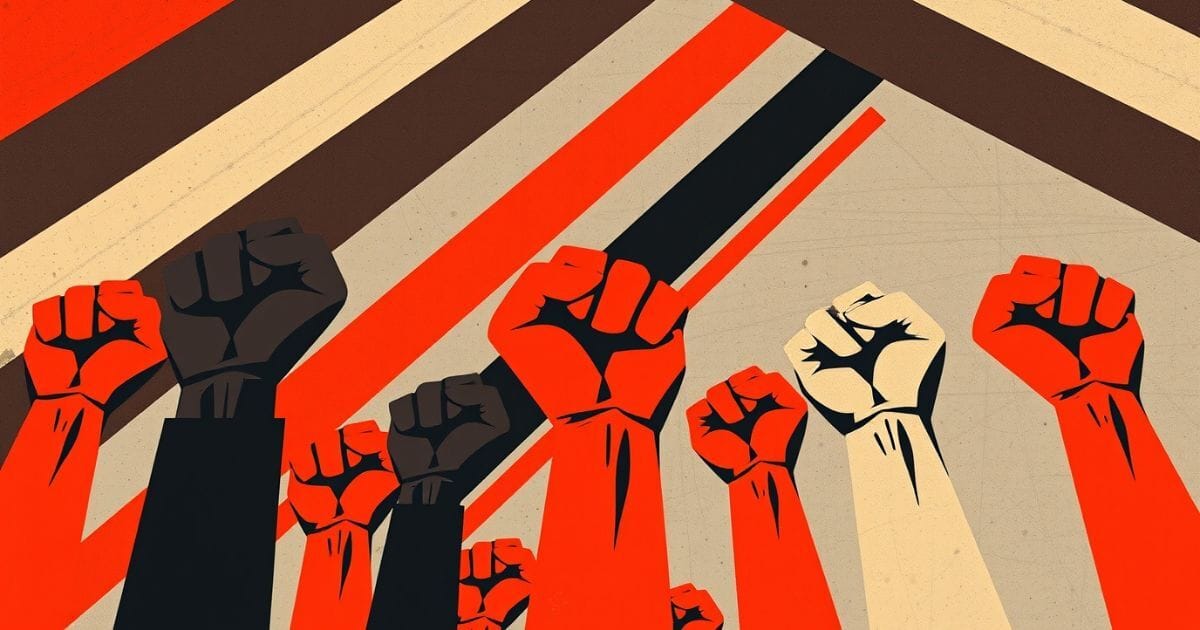
In the Rear-view Mirror: Going Beyond the Blame Game
What Nader exposed in 1965 continues today: corporations design products that are maximally profitable even if they generate harm, externalize those costs onto society, then blame individuals when problems emerge.
The "nut behind the wheel" has morphed into the "irresponsible smoker," the "careless plastic consumer," the "greedy borrower," and the “weak-willed tech-addict."
This blame-shifting obscures the need for more effective regulation. When Nader pushed for safety standards, he wasn't denying that drivers sometimes make errors – he was insisting that cars should be designed to minimize the consequences of those errors.
Today's challenges require us to design systems that protect public health and societal resilience rather than merely blaming individuals when harm occurs. Understanding externalities is the first step toward solutions.
As environmental, technological, and health externalities continue to accumulate, regulatory systems must evolve to ensure that producers, not just consumers, bear responsibility for the harms.
Ink & Time is your destination for curated insights from books that were influential in their time, relevant to today, but that maybe you forgot or didn’t even know existed. Subscribe to get the latest insights each week.

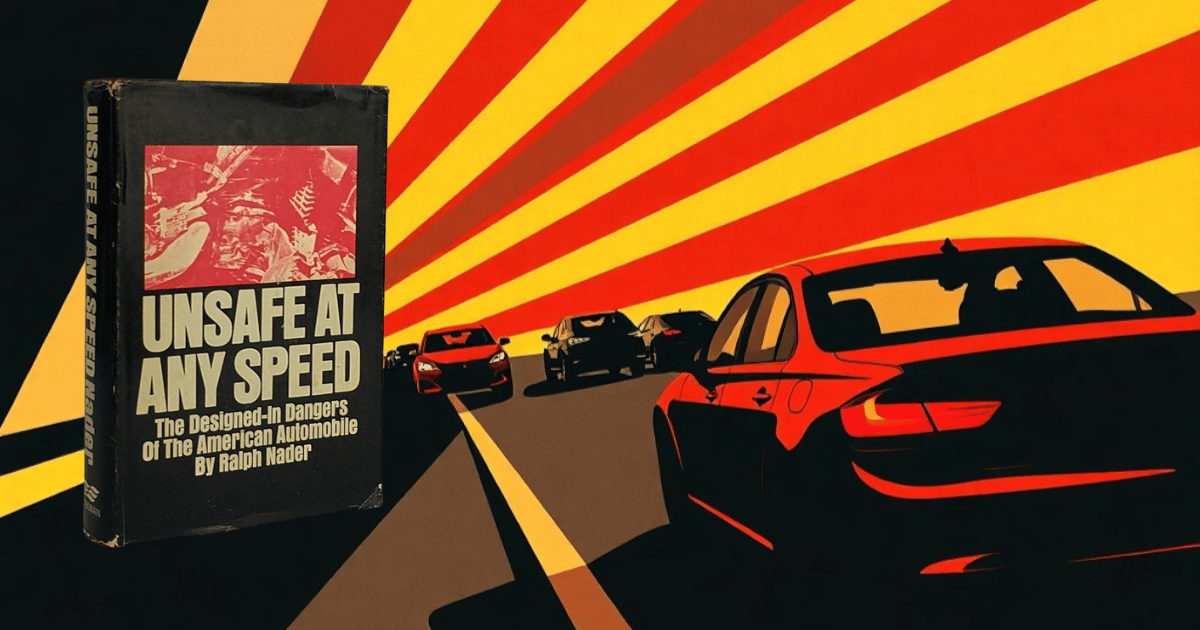

Social Media: Blaming 'Addicted' Users While Selling Engagement